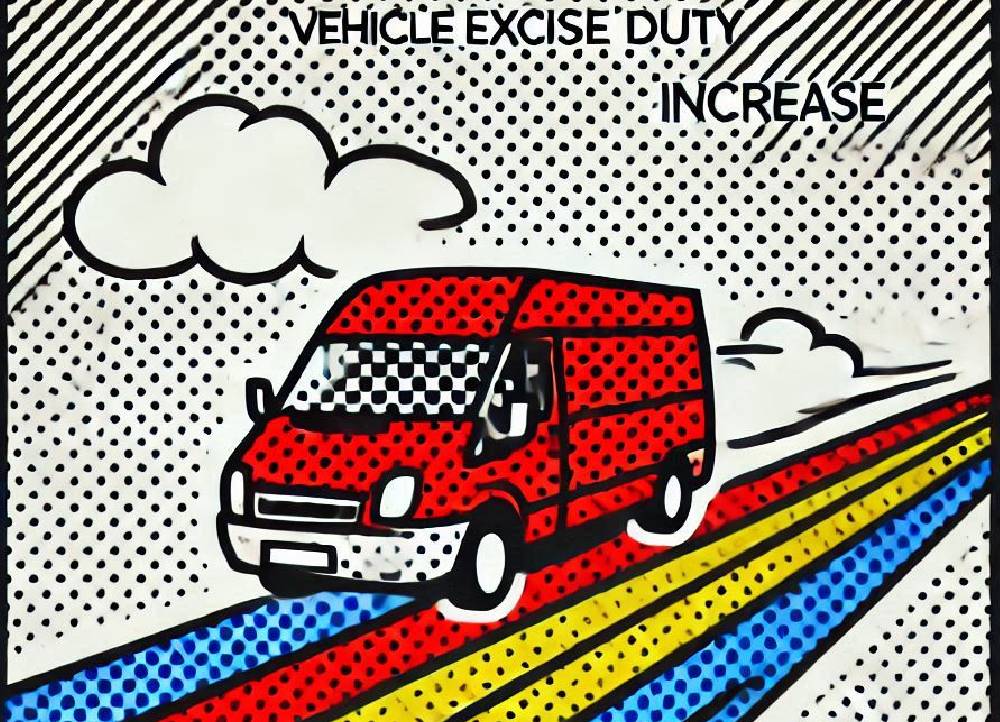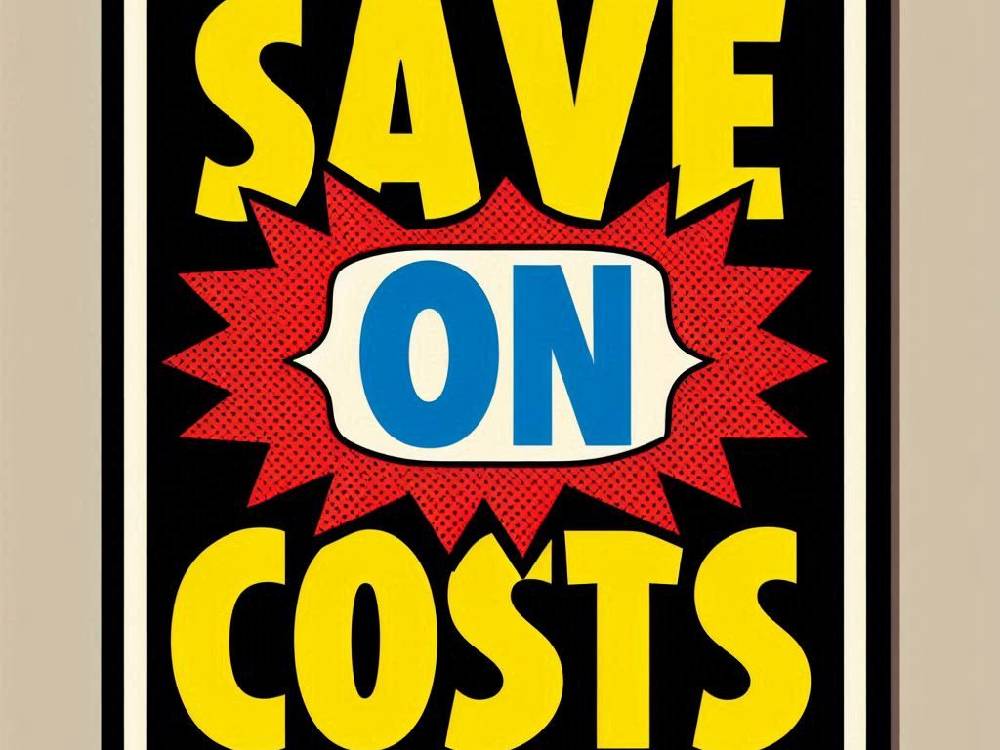Introduction
Undoubtedly, big changes are on the horizon for van owners in the UK.
From April 2025, Vehicle Excise Duty (VED) rates will increase for millions of drivers.
But not every van owner will feel the pinch.
Some van models are set to avoid the rise entirely, offering a silver lining for certain drivers.
New Tax Rise: What You Need To Know
Looking ahead to April 2025, significant tax changes are set to take effect for van owners.
As a result, this will mark a notable shift in financial planning for many drivers.
These adjustments are directly linked to Vehicle Excise Duty (VED), which is a tax applied to vehicle ownership.
Traditionally, VED rates have increased each year to keep pace with inflation, and unsurprisingly, this year follows the same pattern.
But what’s new? Zero-emission vehicles, previously exempt, will now be subject to these charges.
For van drivers, this means even electric vans will no longer escape taxation.
How Big Are The Increases?
The government is clear: this isn’t just a minor adjustment.
VED rates are expected to rise in line with the Retail Price Index (RPI).
For many petrol and diesel vans, the cost could climb by an additional £10, increasing from £345 to £355 annually.
While it may sound small, the collective impact is enormous.
With over 4 million vans on UK roads, these changes are projected to generate an extra £1.7 billion in revenue over the next five years.
If you’re worried about the combined costs, it’s worth reviewing your insurance.
You could explore the cheapest van insurance options to reduce overall expenses.
What Does This Mean For Van Drivers?
The financial pressure on van owners is steadily mounting.
In particular, new tax changes and rising costs are contributing to an increasingly challenging financial landscape for many drivers.
As a result, those who rely on their vans for business or personal use are increasingly likely to feel the strain.
And it’s not just about the tax increase.
Fines for non-compliance can reach up to £1,000, adding another layer of cost for those who fail to pay their dues.
“Untaxed vans could cost their owners far more than they realise.”
If you’re unsure about your current compliance, see our guide on proper vehicle compliance to avoid fines.
Financial Impact On Van Drivers
Let’s break down how these changes could affect your wallet.
1. Standard Van Tax Increases
For petrol and diesel vans, expect a £10 rise per year.
This increase may seem minor, but for businesses with large fleets, the costs can stack up quickly.
2. Zero-Emission Vans Are No Longer Exempt
For the first time, electric vans will now face new taxes, marking a significant shift in policy.
Starting in the second year of ownership, these vehicles will transition to the standard annual Vehicle Excise Duty (VED) rate.
For many drivers, this adjustment may come as a surprise, especially considering the previous tax exemptions for electric vehicles.
As a result, this change could potentially discourage some individuals from making the switch to greener, more sustainable options.
If you’re considering upgrading your van, make sure your new vehicle meets your insurance needs.
Check our blog on van insurance for new drivers for helpful insights.
3. The Government’s Perspective
Why is this happening?
According to HMRC, these increases ensure VED receipts keep pace with inflation.
But critics have labelled the policy “anti-vehicle,” pointing to its impact on already struggling motorists.
This is especially problematic for those relying on their vans for business, where profit margins are often tight.
If you’re looking for ways to save, consider reviewing our simple hacks to lower your van insurance.
Which Vans Are Exempt?
Not all vans will feel the brunt of these tax changes.
Certain models, especially older ones, will be spared due to specific compliance standards.
For instance:
- Euro 4-compliant vans (registered between 1 March 2003 and 31 December 2006).
- Euro 5-compliant vans (registered in 2009 or 2010).
These vans remain unaffected by the increases, keeping their annual Vehicle Excise Duty (VED) at £140.
This exemption is excellent news for owners of older models, especially businesses looking to cut costs.
However, if your van doesn’t meet these criteria, the changes could mean a higher annual expense.
To offset this, consider reducing your insurance costs by reviewing your policy options.
Understanding Weight And Vehicle Classifications
Beyond compliance standards, some vans escape the tax hike due to weight classifications.
Vans over 3,500kg or certain car-derived vans with extra rows of seats fall into separate tax categories.
If you’re unsure whether your vehicle qualifies, check your V5C logbook or consult a professional.
For additional guidance on ensuring your van meets regulations, explore our vehicle compliance guide.
Additional Costs Beyond Tax
The tax rise isn’t the only thing to watch for.
Van owners also face hefty fines for non-compliance.
Driving without paying the correct tax could result in:
- A £1,000 penalty for untaxed vehicles.
- Further penalties up to five times the unpaid tax amount.
Failing to comply with insurance requirements is another costly risk.
Non-compliant drivers could face fines or even prosecution, which is why staying insured is essential.
To ensure you’re covered, review the best van insurance options for UK drivers and avoid unnecessary stress.
How To Minimise The Financial Burden
1. Choose Exempt Models
If your current van falls under the new tax rules, switching to an exempt model could save you money.
Older Euro 4 or Euro 5-compliant vans may offer financial relief while keeping your business running efficiently.
2. Leverage Telematics Insurance
Telematics insurance, often referred to as “black box” insurance, tracks your driving habits to reward safer behaviour with lower premiums.
This can help offset rising tax costs while encouraging more efficient driving.
To learn more, visit our post on how telematics devices can reduce your van insurance.
3. Improve Fuel Efficiency
By optimising your driving habits, you can effectively lower fuel costs.
In addition, this approach can also help reduce wear and tear on your van.
Simple changes, such as reducing harsh braking, can have a noticeable impact.
Additionally, avoiding unnecessary idling is another effective way to make a difference.
Conclusion
The upcoming tax changes are poised to affect millions of van drivers.
However, by staying proactive and informed, you can significantly reduce their impact.
Whether by switching to exempt models, leveraging telematics insurance, or optimising your driving habits, there are ways to ease the financial burden.
Remember, non-compliance comes with severe penalties. It’s crucial to stay on top of both your tax and insurance obligations.
For more tips, explore these helpful blogs:
- How Telematics Devices Can Save You Money on Van Insurance
- Why Proper Vehicle Compliance Is Crucial for Road Safety
By planning ahead, you can avoid unnecessary stress and make the most of your savings opportunities.
Stay informed and secure your future today!






